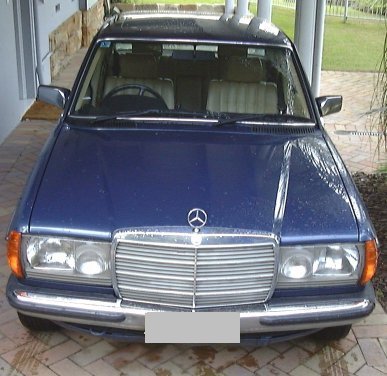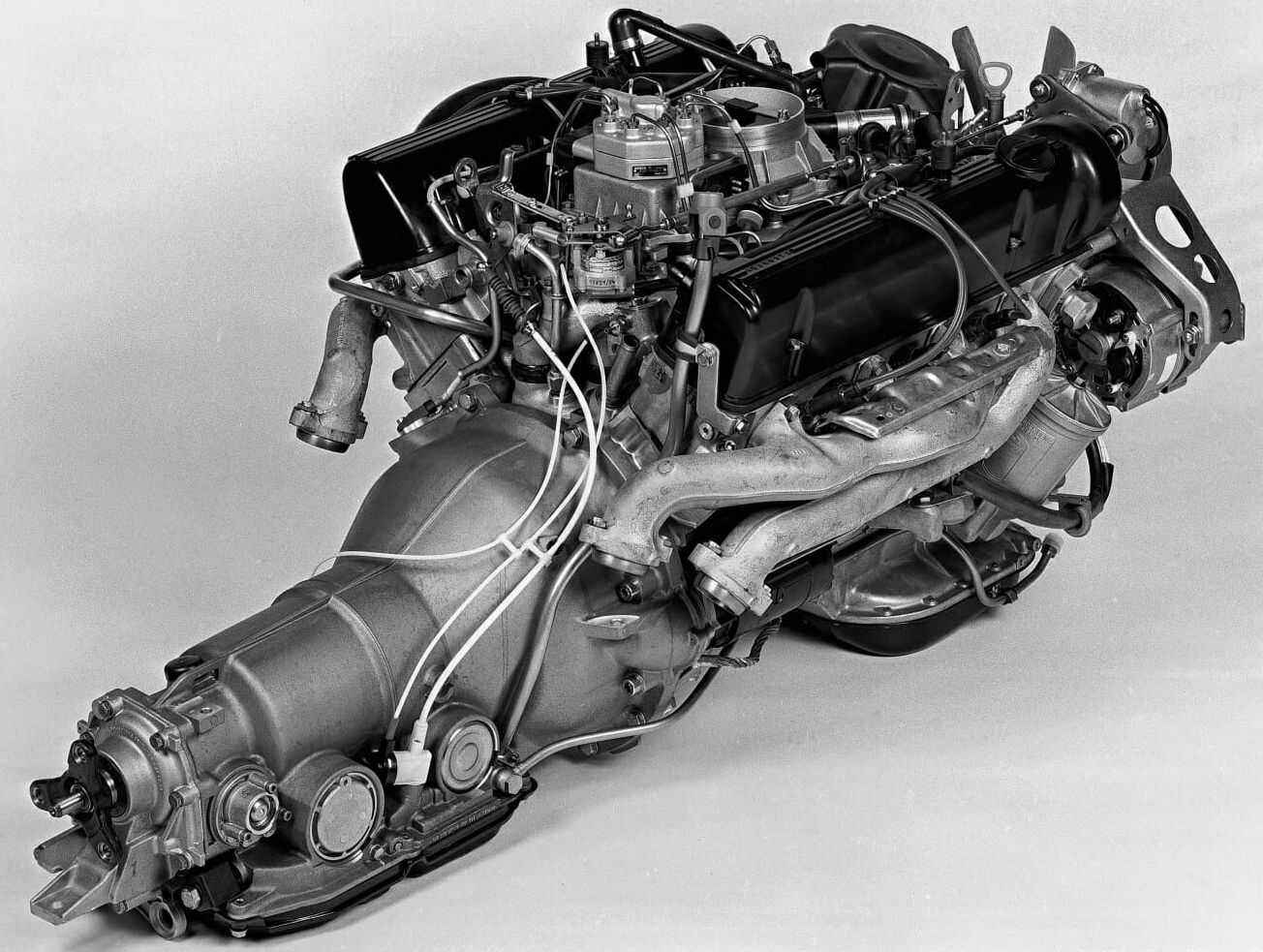Guest Article: Impressions of a 1996 Toyota Comfort
A few weeks ago, I had the privilege of using my friend Justin Tan’s 1995 Toyota Comfort for a few days. This is the short-wheelbase version of what we know as the Crown Comfort. It is a commercial grade purpose-built fleet vehicle, and is unashamedly so. Justin’s car is an ex-driver-instructor car from Japan and has some subtle clues of its previous career such as a double rear-view mirror, screw holes in the side mirrors, and very faint traces of the driving school’s livery in the paintwork. Justin fitted hubcaps from the MS106 Crown (1974-79) which added much class, and he inlaid floormats from a Mark II (X80 I think) as they share the same floorpan. Some stickers remind us of its JDM roots, while a 70 km/h limit sign is a nod to its commercial vehicle counterparts in Singapore.
The car is very sparsely equipped but it at least has AC and power mirrors. You however have to contend with window winders, no radio, central locking, parking aids, no bings and bongs in a thousand different tones, while a couple of levers provide very straightforward seat adjustments powered by your bum and abs. It has very compact dimensions but is surprisingly cavernous inside – the headroom accommodates top hats and legroom rigorously deny frontal contact to all knees. The car comes with the 2.4l turbo-diesel 2L-TE engine developing 71 kW@4,000rpm and 191 Nm@2,400rpm. This engine belongs to the same family as the venerable ‘3L’ and ‘5L’ engines used in the Hiace, Hilux and old Crown Comfort taxis in Singapore. Transmission is the very strong 5-speed ‘W58’ manual gearbox used in many Toyotas and manual swaps.
I started off my drives with suburban trips. The engine was very torquey low down, allowing me to easily pull away from 1,100 rpm and midrange was very strong, especially when the turbo kicks in at around 1,750 rpm. Contemporary acceleration levels were hence easily achieved, and without choking fellow road-users in smoke too. The 2L-TE engine was therefore very effortless compared to the ‘3L’ or ‘5L’s which I often had to wring the life out of to keep up with traffic. The 2L-TE was probably Toyota’s next best diesel engine next to the 3 litre 1KZ-TE used in the much heavier duty Prado and HiAce Super Custom. The fact that the 2L-TE was also used in more upmarket cars like Crowns and Mark IIs mean that we get to enjoy a great engine in a relatively spartan car like the Comfort. In fact, the lighter weight of the Comfort might even result in better performance than those cars. Given that Toyota had lesser diesels around, having the 2L-TE in the Comfort was a godsend.
The gearshifts are very crisp and the clutch is very light, which made for a very engaging drive. There is very strong engine braking too, and I often released the throttle and let the car hold its speed down inclines. All these made for a very lively drive around town. The car had a surprisingly compliant ride. The suspension soaked up bumps like a limo, while it doesn’t waft like a boat around corners. It was tuned as a commercial passenger carrier and I think it’s aced in this respect.
I love how minimally equipped the cabin is while being very usable – in addition to the refreshing barrenness mentioned in the first paragraph, all the fundamental controls for reasonable humanistic existence are present and readily at hand. In fact, its primitive AC controls are the best controls in the world – the dials and levers have notches which allow for precise adjustments without taking your eyes off the road. There are only five of them but they cover ALL your creature comfort needs. It’s a welcome break from touchscreens and even buttons, where you cannot immediately locate them by feel, and often require multiple presses for an adjustment. With dials and levers, an instantaneous flick is all that’s required. It’s very unfortunate that they have been largely removed from all new cars, which has greatly reversed usability and also safety standards in my opinion.
Motorway speeds are near the limits of the Comfort’s performance, as the relatively short 5th gear does 110km/h at 3,100 rpm. I nonetheless was able to blend into motorway traffic without being a hog, and overtaking those I encountered was a very effortless affair. It was unfortunately not very cossetting at those speeds with its noise and harshness, so I would not recommend it for long trips. On country roads however, I experienced my apex of enjoyment where the symphony of the strong mid-range, engine braking and crisp gearbox was amplified, enveloping me like a concert hall orchestra. Shedding speed into a corner with no pedals depressed and then flicking the gear lever in a U-shaped cog swap with the precisely-timed blip of the clutch is the forgotten ecstasy of pure driving euphoria that contemporary motor journalists reviewing SUVs equipped with ever-creative gear selector designs and packed with waiting-to-break gadgetry will never mention, and the auto-industry never want you to know.
One major downside of this car is the brisk losing of speed when scaling inclines. I hence had to plan ahead of them by speeding up in advance, while being ready to upshift in an instant to minimize speed loss. This speed loss is characteristic of pre-common rail diesels, where much lower injection pressures, timing precision and poorer fuel spray atomization greatly diminishes throttle response and hence power sustainment. As diesels go, I would therefore recommend at least first-generation common rail diesels as they are a leap ahead in performance while still being uncomplicated to service.
Over the period of my use, I covered about 900km with a rather high fuel consumption of 9.1 l/100 kms. This is probably due to the short gearing on prolonged motorway drives, where the engine was working near its limit. Justin gets 6-6.5s so I was probably enjoying it a bit too much.
All in all, the Comfort is a perfect car to me in many aspects – it has a robust and simple construction, ample usable space, very durable fittings, very plain interior, yet well-equipped with necessary features. It has very straightforward controls, a very usable engine and it’s so engaging to drive. Things to make it perfect would be equipping it with a first-generation common rail diesel engine, a taller 5th gear, a reverse camera, more noise insulation, central locking and cruise control. The car still looks modern although it’s now a 30-year-old relic, and I got a few compliments from passers-by too. Perhaps it’s a refreshing change from the sea of busy but generic-looking gizmo-mobiles out there. Justin had initially offered a Ranger for my use but choosing the Comfort instead had turned every drive into an experience instead of a commute.
I have an obsession with Japanese cars built from the 90s to early 2000s, and this car is part of that era where engine technology had matured to a very usable level, necessary creature comforts are commonplace, build quality is solid, styling is very simple yet timeless, and gadgetry were the exception rather than the norm. In short – pure, usable and durable. This Comfort will perform superbly as a daily driver and as a classic car – one that happily transgresses the line from ‘weekend toy’ into ‘please use me daily’ territory. In the name of progress however, Automakers will never go back to that era, but for the virtues I’ve mentioned before, that was not merely a nostalgic period as it has ample practical arguments in its favour. In hindsight, people back then didn’t know what gems they had on their hands. This realization is however now reflected in the values of these cars, where 30-year-old Japanese cars are often sold for prices similar to cars 10-15 years their junior.
Many thanks again to Justin for lending me such a well-kept relic!
Author: Neo Yueteng is a devotee of fuss-free and functional vehicles that can stand the test of time. He is also a manual transmission tragic.




























































































































